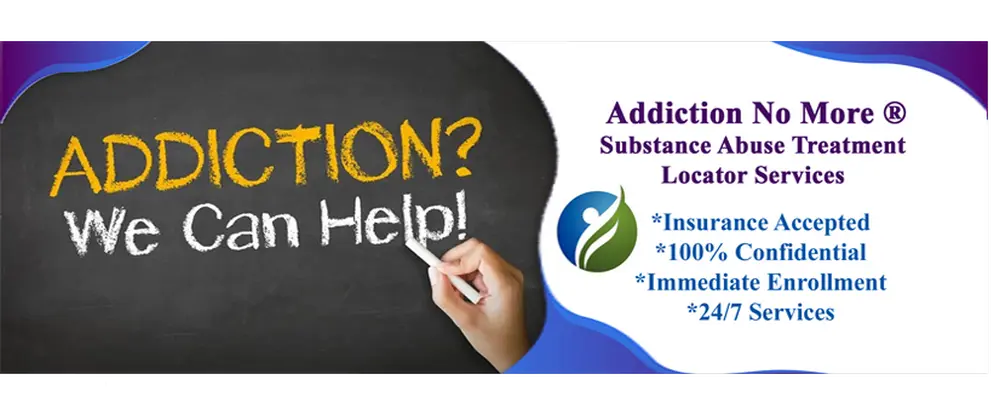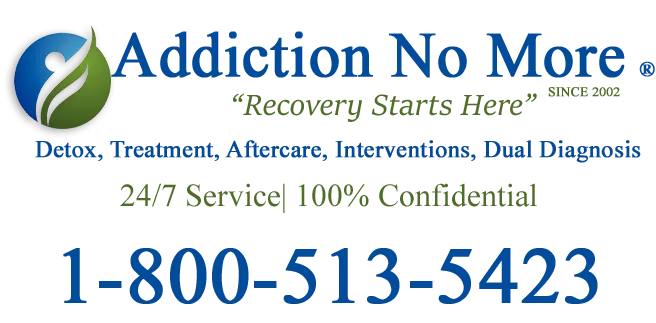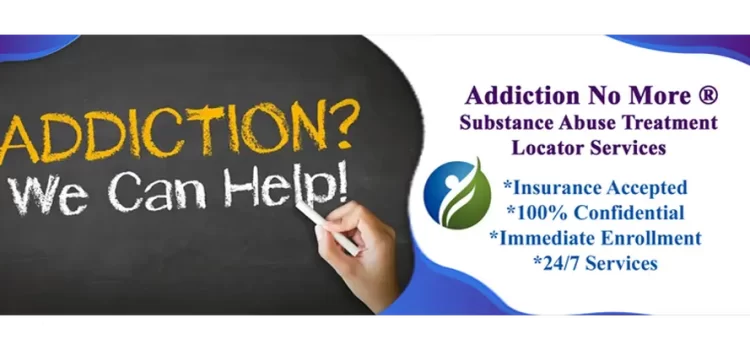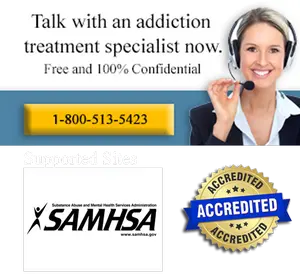Molly Addiction: MDMA and Ecstasy
MDMA is normally taken orally in tablet or gel cap form. The term Molly came from a derivation of the term “molecular” and specifically refers to pure crystalline powder MDMA in a gel capsule. The effects of the drug are felt for a period of 4-6 hours but it is not uncommon for people to take a second dose as their first dose starts to fade. Over time, you may have to use more and more Molly or MDMA to create the same “high” you felt the first time you used.
Please contact us by phone for immediate assistance. This is a necessary step in beginning the recovery process for yourself or for a loved one. Our addiction treatment specialists and staff have over 25 years of experience in helping people find effective and affordable treatment for all addictions. What you tell us is completely confidential. We are HIPAA compliant. We are here to answer your questions and to get you (or a loved one) into treatment today. For immediate intake, call us now.

Where did MDMA come from? How is Molly or MDMA abused?
A Brief History: Molly (MDMA) is not a new drug. It has been around since 1912. A laboratory in Germany, Merck pharmaceutical company, was attempting to create a compound that would slow and control bleeding: one of the chemicals that was created as part of the process was what we came to know as MDMA. They received a patent in 1914, a decade before they started testing for the drug.
They found little use for the drug, and it was put aside until it resurfaced in the 1950s, when the US Army and CIA, overseeing a group of German chemists and psychiatrists, began to use MDMA or MOLLY in the top-secret program MK-ULTRA. The program was a series of tests and experiments to develop a chemical compound to control the minds of people, using MDMA, LSD, Morphine, and other narcotics in a failed attempt to weaponize psychotherapy.
It was then that they found out that MDMA did not act as they anticipated: instead of the subject hallucinating and having their will crushed, it gave the subject a sense of euphoria and filled them with empathy. Due to the unforeseen side effects, the drug was shelved and laid dormant for the next 10 or so years, when Alexander Shulgin, a professor at the University of California, stumbled upon the compound through a few of his students in 1976 who were synthesizing the drug. He introduced the compound to one of his colleagues, David Nichols, and in 1978, the two of them published a paper about the drug, sighting its psychotropic effects and comparing it to marijuana and magic mushrooms without the hallucinating properties. In the 1980s, it became a popular club drug and MDMA; its first street name was “Adam,”but that soon was replaced with the more popular name “Ecstasy”. In 1982, Ecstasy, or Molly, was classified as a Schedule One controlled substance, and in 1985, it was determined that there was no medical value to continue research, and Molly was born.

Can you become addicted to Molly or MDMA?
MDMA affects many of the same neurotransmitter systems in the brain that are targeted by other addictive drugs. Experiments have shown that animals will self-administer MDMA—an important indicator of a drug’s dependency potential—although the degree of self-administration is less than some other drugs of abuse, such as cocaine.
There have been a few studies that have been done on the addictive properties of MDMA, and they have mostly come up with inconclusive data due to the control of the studies not being in line with each other, leaving too many questions to give a conclusive “yes” or “no” answer to the question. Some of the MDMA users have reported that they have a craving for the drug and continue to use it, even though they know that they are causing physical or psychological harm to themselves.
Call us toll-free, and we will help you find the best treatment center for MDMA Addiction.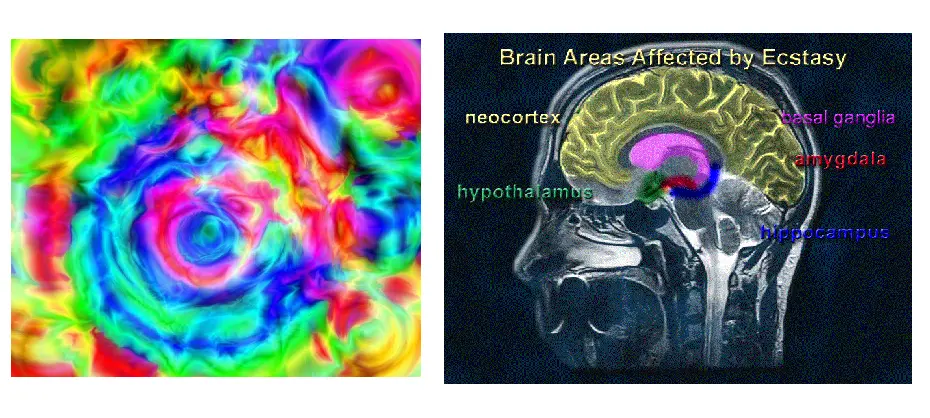
What effect does MDMA have on the brain?
MDMA or Molly directly triggers three of our brain’s neurotransmitters: Dopamine, Serotonin, and Norepinephrine. The drug’s effect on the emotional response is more than likely a direct result of the release of a larger-than-normal dose of Serotonin, which is attributed to helping influence mood, appetite, and sleep. Serotonin introduced into the brain will trigger responses to release the hormones Oxytocin and Vasopressin, which help regulate our feelings of love, sexual arousal, and trust.

Negative effects of Molly abuse
These side effects are in part, due to the brain being depleted of a very important chemical, serotonin. The effects can occur soon after taking MDMA and can last for days or weeks at a time.
The brain’s functionality can lead a user to have a sense of:
*Confusion
*Depression
*Sleep patterns disrupted
*Experience memory loss and attention difficulties
*Cravings for the drug
*Anxiety
Molly, Ecstasy or MDMA goes by many names
* X, E, or XTC
* Adam
* Beans
* Candy
* Dancing Shoes
* Disco Biscuits
* Doves
* E-bomb
* Egg Rolls
* Happy Pill
* Hug Drug
* Love Drug
* Malcolm (or Malcolm X)
* Molly
* Scooby Snacks
* Smarties
* Sweets
* Skittles
* Thizz
* Vitamin E or Vitamin X
Molly: The “Trip” and the Experience
Users of the drug MDMA find once the drug starts to take hold, that they feel that everything is right with the world, barring a very unlikely negative trip or reaction. The effect that the user is looking for when they take Molly is an emotional euphoria. A type of openness, stimulation, and inhibitions lowers emotional barriers, diminishes critical and cynical thoughts, and decreases inhibitions and self-doubt. MDMA is also used by some in a therapeutic environment to help work through personal issues. Some users of MDMA have reported Eye Wiggles or (nystagmus). Most users experience few prominent open or closed-eye visuals or (Hallucinations). A very small percentage of users have reported significant eye visuals when the eyes were open or closed.
Ecstasy Abuse and Treatment for MDMA Addiction
Once someone abuses ecstasy, they will experience some symptoms that are unwanted and can last for weeks if left untreated. Getting to a treatment center is very helpful to maintain abstinence from the drug. Treatment for MDMA addiction can also help the individual avoid drug substitution and improve mental and physical health, while depression and anxiety are at their peak during the withdrawal stage of treatment.
There are a few options for MDMA treatment
Outpatient Molly treatment centers provide treatment 3-5 times a week for a duration of 1-6 hours a day, depending on the program’s parameters they have set up. To learn more about outpatient treatment for MDMA addiction, please read more
HERE.
Inpatient treatment centers for ecstasy addiction. Mental health treatment will help the individual discover the root causes that lead up to the need for the drug. Inpatient rehab centers for ecstasy abuse are the best solution that will quickly target the key areas in the individual’s life that need correction and help the client work through these problems. The treatment length for a Molly abuse problem is normally a 38-90 day program, depending on the level of addiction and the time constraints the patient has.
See Inpatient Rehabs
Ecstasy abuse statistics, as reported by NIDA
The National Survey on Drug Use and Health found that in 2014 more than 17 million persons aged 12 or older reported using MDMA at least once in their lifetimes. This is an increase from 11 million reported 10 years prior. In 2014, the number of people who used in the past month was estimated to be 660,000, up from 450,000 in 2004. In 2016, NIDA’s annual survey on teen drug use, the Monitoring the Future (MTF) Survey, found that past-year MDMA use was reported by 2.7 percent of 12th graders, 1.8 percent of 10th graders, and 1 percent of 8th graders. A downward trend in perceived availability indicates that teens across all grade levels believe that MDMA is harder to obtain than it was a decade ago. According to an analysis of MTF data from 2007 to 2012, use was higher among males as well as specific groups of teens, including those living in the city, with a weekly income, or with lifetime use of other substances.
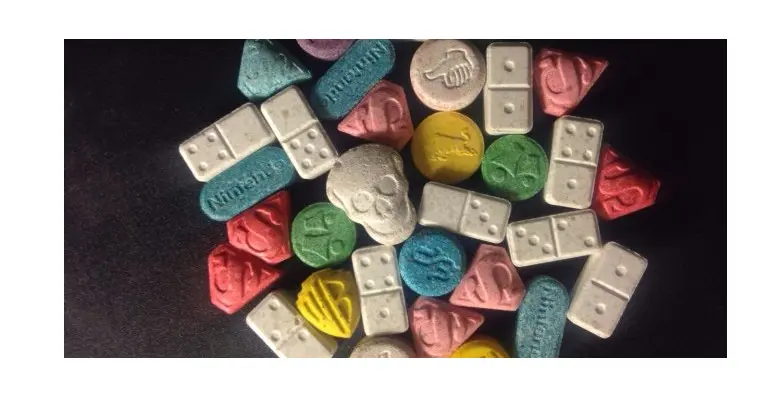
Teen ecstasy abuse
MDMA, Ecstacy, or Mollies are drugs that are more popular with teens and young adults. The drug has a high appeal partly due to the costs, around $3-45 dollars a tab, and is easy to obtain. It is believed to decrease anxiety and lower inhibitions in social and sexual situations. Prevention and awareness are still the best treatment for teens, but if your teen has been showing signs of ecstasy abuse, please visit
Free My Addiction. This
is a teen referral and information site to help teens overcome addiction to any drug or alcohol.

Find MDMA Treatment Near Me
We can help you locate treatment for addiction in your area or anywhere in the country. To locate AA meetings, group meetings, 12-step programs, inpatient treatment, or outpatient services in your town give us a call today.
Sources
MDMA (Ecstasy/Molly)
MDMA (Ecstasy) Abuse
Erik Epp – Content AuthorSummary
Service Type
Addiction to Club Drugs AKA Molly, MDMA Addiction Treatment
Area
Nationwide help in recovering from addiction to Molly or MDMA
DescriptionLearn about how the addiction to club drugs can affect you. We can help you find a molly addiction recovery center today. 1-800-513-5423










